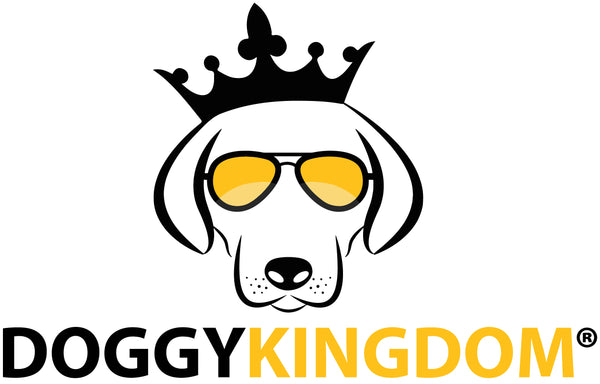Types of Dog Training Tools
Share
Co-existing with your canine sidekick entails training. With training techniques, you both learn to co-exist in a positive and beneficial way. In this article, we will explore types of dog training tools that will come in handy when training your dog to be a happy member of the family.
Bringing your new puppy or dog home is an exciting event. You’ll want to start training your pup immediately. However, proper training does require a few items that can make the process remarkably easy and rewarding.
- Clicker: A clicker is used to show your dog that it has carried out a desired behavior. You’ll find a wide assortment of clickers that vary in size and style. Some are handheld and others can be worn affixed to your wrist with a strap. Many leashes even boast built in clickers. On your mobile phone, you can download clicker training apps that help you train multiple dogs with ease. You can program the app to make different sounds for each dog that you own.
- Target Stick: A target stick helps you train your dog basic obedience. Many also feature built-in clickers.
- Leashes: A training leash is a must-have. It will vary in size from four to six feet. Usually, a longer leash is ideal because you can use the extra slack while still holding the dog close on a walk. You can also purchase a waist-clip leash that lets you hook the leash to your belt to free up your hands during training sessions.
- Crate: As a den animal, dogs adore crates. It gives the animal a feeling of safety and their own private space. The crate comes in handy when you leave the dog home alone or when you are trying to housebreak the animal. Most dogs do not want to soil where they live so you can place the dog in the crate and then let the animal out to go potty. With ample praise, the dog quickly learns to go outside to relieve himself.
- Collars or Harness: Visit any pet store or online site and you’ll see a variety of collars and leashes. Each one is designed for a different purpose. A halter is often ideal for a difficult to control dog because it will deter pulling and make it easier for you to handle your dog’s movement. A head halter is another option. Corrective collars are often used in training. A simple leather or nylon collar will hold identification tags in case your dog becomes lost.
- Long Line: A long line helps you train your dog. They also provide extra length for exploration and walking activities. Many people use a long line for scent detection work.
- Dog Treats: One of the most overlooked training tools for dogs is treats. A dog is highly food oriented so will often respond in a positive way if you offer them a tasty morsel. The treat lets your dog know that they have performed well, grabs the animal’s attention, and is the perfect enticing treat. Give the dog a treat every time the pet sits or performs well. Canines are highly intelligent and will quickly associate performing a particular action with receiving a treat.
The above training tools help make obedience training your dog a breeze. You might not need all the tools, depending on what form of training you carry out, but they will definitely help make the process easier.



